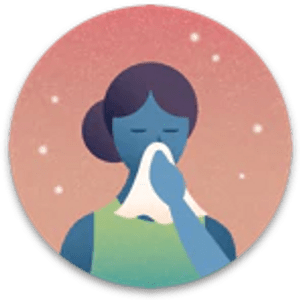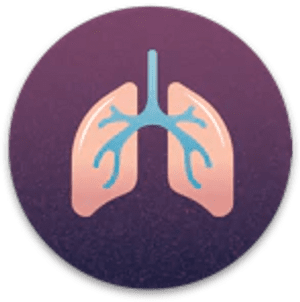
Masks Benefit Your Overall Wellness
Many people are now aware of the benefits of mask use. We are unlikely to go to a health appointment, travel on public transport, visit a polluted city, or be in a crowded public place without having a mask handy. Not only do Vogmasks help protect the wearer from viruses, but also from sub-micron particles of .3 microns and smaller. From contaminated indoor air to outside pollution in cities, wearing a mask will benefit your health and wellness.
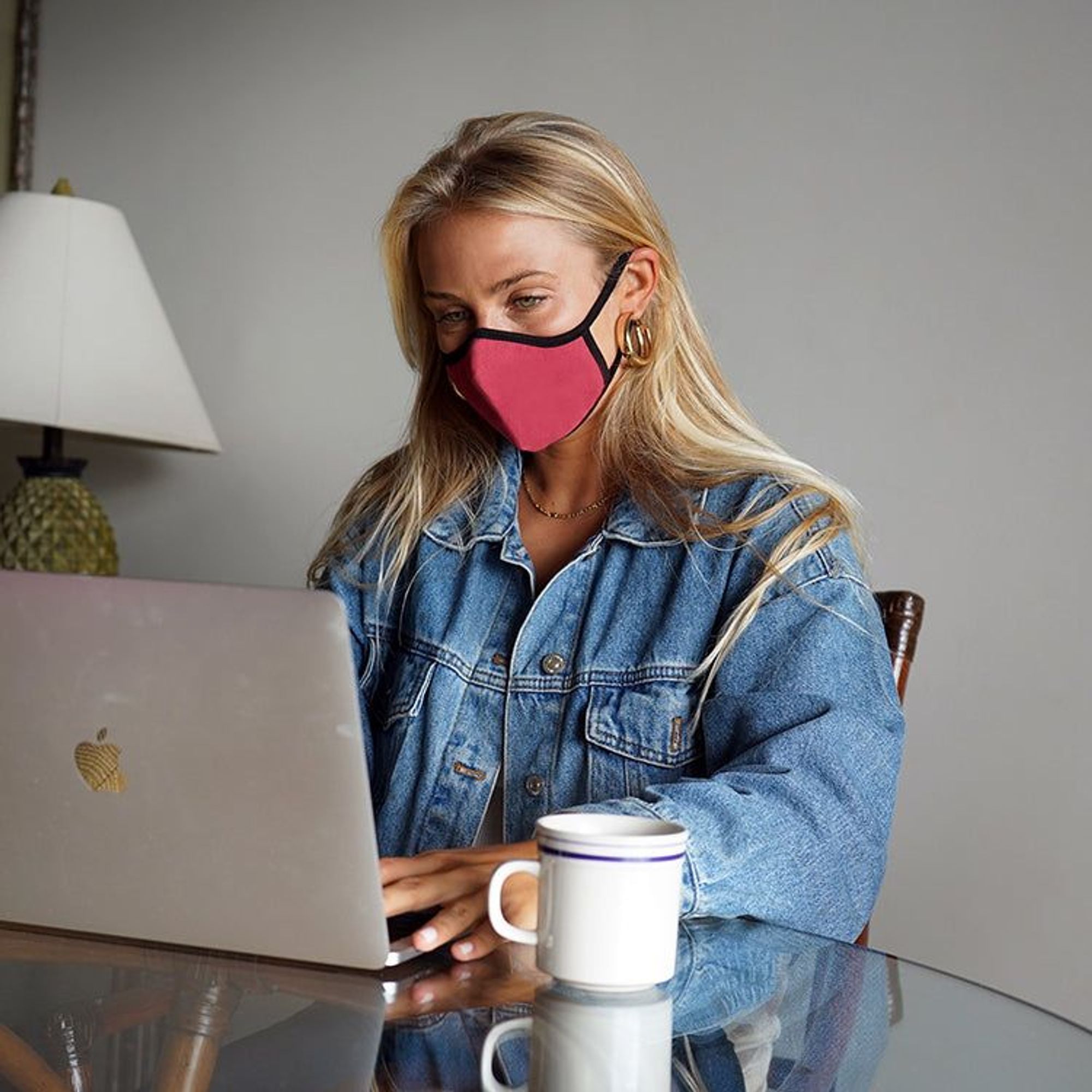
Importance of Clean Air for Health
Knowing when to protect your lungs from harmful contaminants in the air is a proactive step towards guarding your health. Poor air quality is measured by AQI (Air Quality Index), and precautions are advised when AQI is elevated. These precautions are found on most mobile devices. Elevated AQI can occur during natural events like wildfires and volcanic eruptions, and from human activity such as commuting and manufacturing.
No matter the cause, protecting your lungs from harmful liquid and solid airborne particles will benefit your respiratory health. These airborne particles vary in size, requiring an effective, well-fitting mask to protect the lungs.
Most particles are too small to be seen by the human eye, and vary in size. Two common measurements of particles in poor air quality are are PM 10 and PM 2.5.
Particles with a diameter of 10-micron particle size [PM-10] are inhalable to the lungs and are considered larger, coarse particles. Particles of this size often result from industrial sources such as fires, dust from construction sites, waste burning, and more.
However, most air quality measurements are measured with 2.5-micron particles [PM 2.5]. Emissions from the combustion of gasoline, oil, diesel fuel, or wood produce much of the PM 2.5 in the air.
Performance testing for masks at .3 micron particle size has become a common way to determine mask filtration efficiency, including for workplace respirators (N100, N99, N95). Vogmask testing indicates high performance in filtering more than 95% of sub-micron particles of .3 microns when fitted properly, with a good seal around the nose and mouth. Vogmask addresses the need for excellent filtration, breathability, fit, safe material components, and reusability in a highly effective reusable mask that is comfortable and stylish.
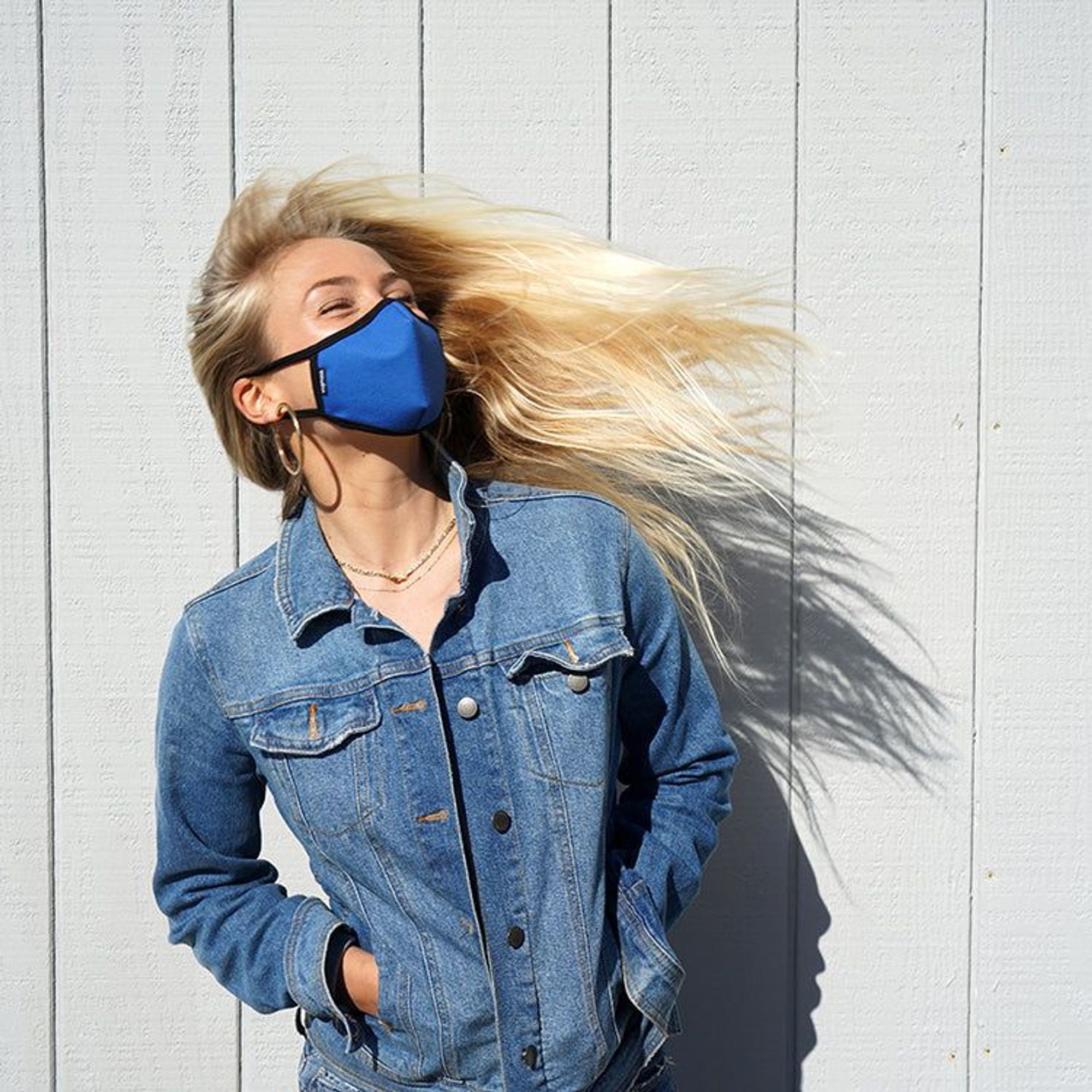
Breathing in Airborne Germ Particles
Masks help to protect the wearer from airborne illnesses. Illnesses and bacteria are microscopic, and therefore are unseen to the human eye. Therefore, it is important that a mask provides source control and personal protection as a simple and effective way to protect your health. Masks provide source control by reducing expelled respiratory droplets and aerosols of the mask wearer, but also personal protection against the quantity of inhaled contaminants and germs in the air.
Vogmask features a highly efficient filter recipe to provide a barrier for expelled respiratory droplets as well as helping to reduce the quantity of inhaled microscopic and sub-microscopic particles.
Vogmasks are also tested to withstand the manufacturer’s washing instructions without a decline in filtering efficiency at 10 washes. You need not wash frequently; airing and simple alcohol wipe ready the mask for repetitive use. Replacing single-use disposable masks with reusables will protect the planet from excessive waste. Effective and reusable masks are an eco-friendly solution to the challenges of the future.
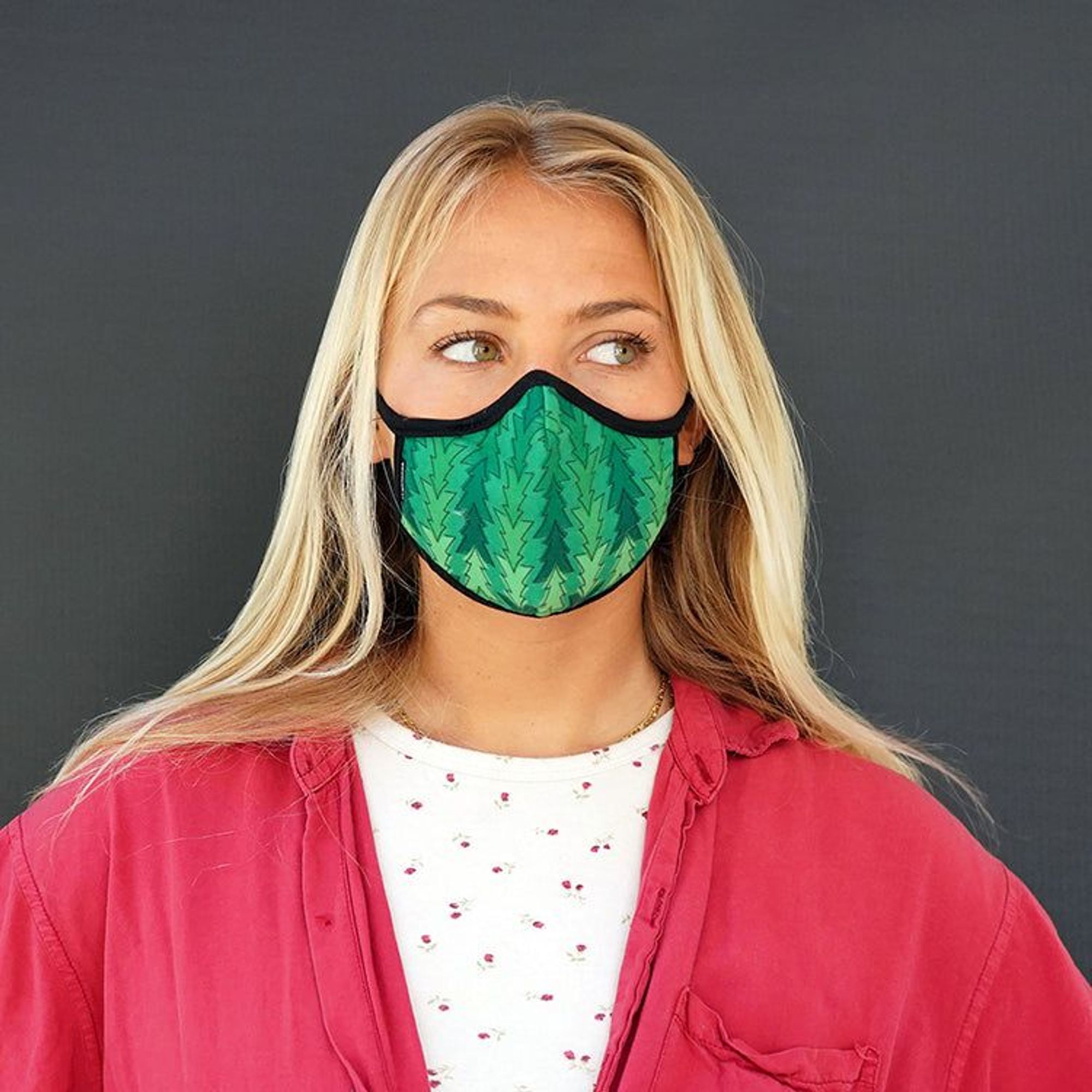
When to Wear a Mask
Public health agencies recommend that you wear masks to help protect yourself and others from both air pollution and airborne infections.
Various sources of air pollution include:
smoke, dust, and dirt from roads, construction, landfill, and agriculture
windblown dust from the desert and open lands
pollen
mold
wildfire smoke and other burning
industrial activities
power generation
motor vehicle exhaust
winter temperature inversions that trap particles at low altitude under warmer air above
Indoor air pollution sources include:
outdoor sources leaking into indoor environments
stoves
space heaters
fireplaces and chimneys
tobacco smoke


